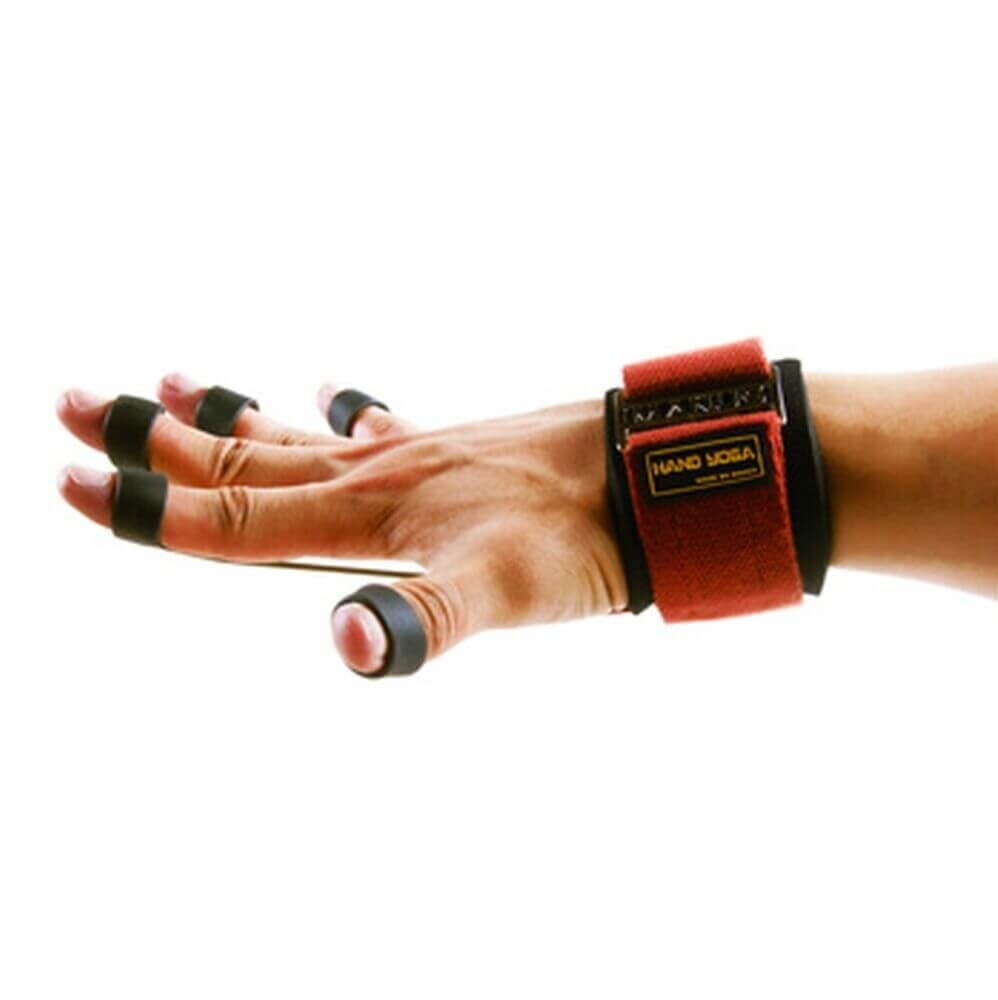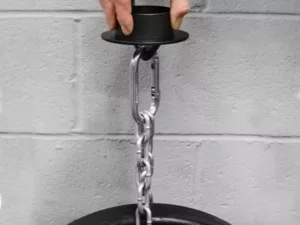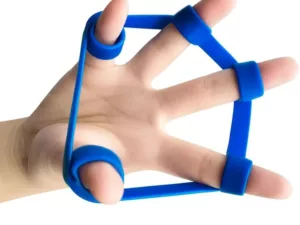(Last Updated on October 9, 2025 by Henry)
Muscle Balance is the Key
Finger extension training tends to fly under the radar compared to its more popular cousin, crush grip training.
Folks often focus on crushing strength because it’s directly linked to impressive displays of power, like deadlifts or crushing handshakes. But that’s only part of the story when it comes to building a well-rounded grip.
Balanced hand training is crucial, especially if you’re an athlete, lifter, or climber. It even plays a big part in day-to-day activities.
Many people run into trouble when they ignore finger extensors. We’re talking about things like muscle imbalances, tendonitis, & elbow pain.
If the extensors are weak, what you might see is discomfort in the forearm or a lack of grip control, which isn’t fun for anyone. The perks of incorporating finger extension exercises into your routine are manifold.
Strong extensors make for healthier joints and a grip that’s less prone to fatigue. They bring balance to the hand’s flexor muscles, helping to avoid overuse injuries that can put you on the sidelines.
Chances are, building a routine for your extensors means you’ll face fewer setbacks: less time dealing with pesky injuries and more time focusing on improving performance. Bottom line: Stronger extensors lead to a seriously strong grip and the kind of joint health that’ll keep you active and pain-free long term.
Anatomy of the Hand & Finger Extensors
The hand is a complex structure made up of numerous bones, joints, muscles, and tendons, all working together to perform a range of tasks. Knowing a little about this anatomy can really help folks understand why finger extension is such a fundamental part of hand functionality.
Your fingers are composed of three bones each, known as phalanges, while your thumb has just two. These bones connect via joints, allowing for the bending and straightening motion we often take for granted. These joints need to be agile yet strong to perform everything from typing to lifting.
Now, let’s get to the real stars of the show: the extensor muscles and tendons. The primary muscle involved is the extensor digitorum, which extends your fingers and helps maintain balance against your flexor muscles. This muscle works alongside intrinsic hand muscles to ensure you can spread your fingers wide and bounce back from a fist to an open hand with ease.
Extensors have a crucial role in balancing the actions of flexors: the muscles responsible for curling your fingers. By keeping flexors and extensors balanced, you can prevent overuse injuries, a common issue when only one group is strong or tense. If you’re into sports or heavy lifting, understanding this balancing act can be a game-changer when it comes to grip endurance and overall joint health.
This technical insight may sound a bit detailed, but it’s important for grasping just how essential these muscles and tendons are in everyday hand function. By focusing on extensors alongside flexors, it becomes possible to develop a more resilient and versatile grip, crucial for both athletic endeavors and daily tasks.
Assessing Finger Extension Strength and Mobility
Before diving into workouts, it’s important to get a sense of where your finger extension strength and mobility stand. A few simple self-assessment drills can shed light on your current level and highlight any weaknesses or imbalances.
Start with the finger spread test. Keep your hand flat on a table and try to spread your fingers as wide as you can without straining. If your fingers struggle to move much, that’s a sign your extensors might need some TLC. For another test, try resisted extensions: use your other hand to provide slight resistance as you extend your fingers upward. Feel how your extensors engage: weakness here can indicate the need for targeted training.
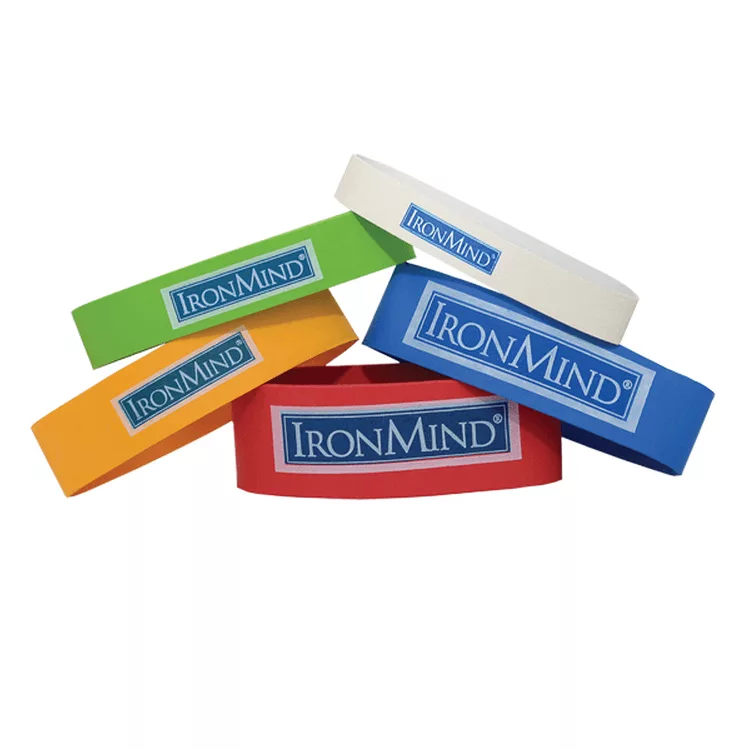
Why are Handbands Staple to Build Hand Muscle Balance?
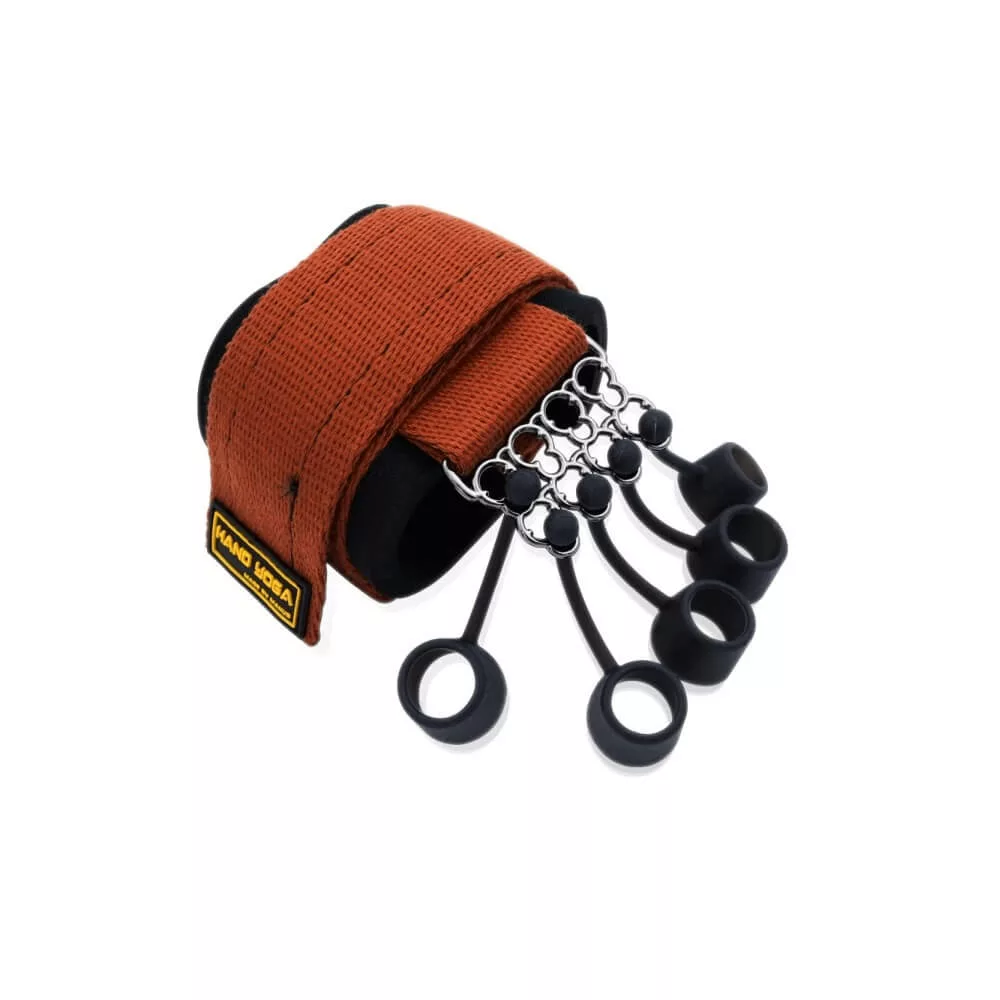
Fancy Finger Exerciser to Build Functional Grip Strength
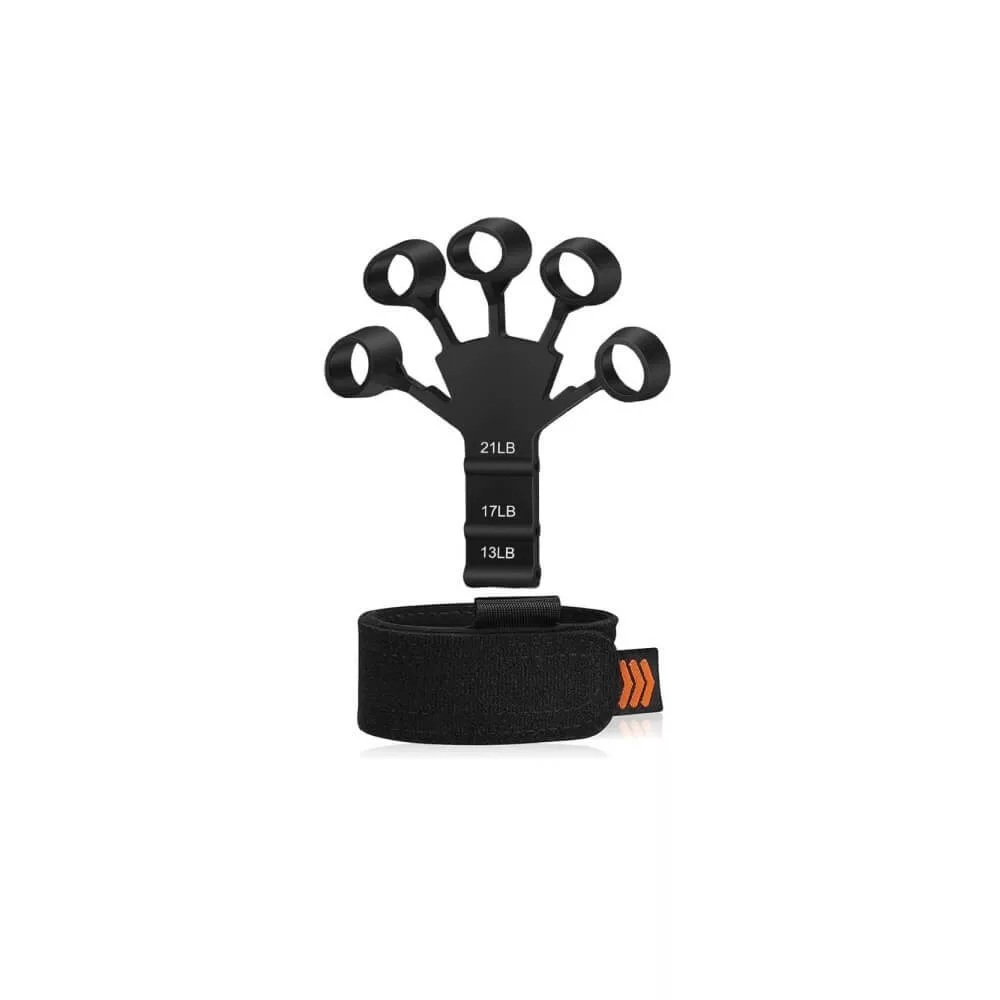
Fun & Affordable Way to Rehab Weak Hands
Keep an eye out for signs like difficulty spreading your fingers wide or any elbow discomfort during these tests. If you notice significant issues, it might be time to consider a professional evaluation to rule out underlying conditions that could require specialized intervention.
Tracking your progress over time is vital. Start a training log or use an app to note improvements in strength and mobility. Progress isn’t just about heavier weights; it’s also about smooth, controlled movements, better finger spread, and reduced strain. Regular updates to your routines based on this feedback can keep your workouts fresh and effective.
Understanding your baseline and making assessments part of your routine will help steer you toward the most effective exercises and ultimately empower you to target your training where it’s needed most.
Finger Warm-Up and Mobility Drills
Before jumping into the heavy lifting, it’s crucial to prep your hands with some warm-up and mobility exercises. This not only primes your muscles for the workout ahead but also reduces the risk of injury, keeping everything in top shape.
Dynamic stretches are key. Rubber band finger spreads are a great starting point. Slip a rubber band around the tips of your fingers and thumb, then try to open them as wide as the band allows. This helps activate those extensor muscles gently and gets the blood flowing.
Finger flicks are another useful drill. As simple as it sounds, flick your fingers out vigorously from a lightly clenched fist. Repeat this action several times to wake up your extensors, heating them up for more extensive work.

Tendon glides are something else to consider. Start by making a gentle fist, then open your hand to a fully extended position.
Cycle this motion to ensure your tendons are moving freely and ready for action. Tendon glides are excellent for easing stiffness and promoting fluid motion.
Always keep things controlled to avoid any strain. The goal is to move through each exercise smoothly, ensuring muscles & tendons are limber & prepared.
If you ever feel pain, that’s a cue to ease back a bit and reassess. Controlled mobility work strengthens the hands, preparing them for both workouts and everyday tasks where your grip is tested.
Including these simple warm-up routines is an easy yet effective way to enhance your overall finger strength training. Not only do they support performance, but they also contribute significantly to injury prevention.
Strength Training for Finger Extensors
Building stronger finger extensors is about more than just lifting heavy. It’s about smart exercises that progress over time. Here’s how to get those extensors in top form with different methods of training.
**Finger Extension Bands:** These bands are a staple for a reason. Loop a band over your fingers, spread them wide against the resistance. Aim for 2-3 sets of 10-15 reps. As you get stronger, level up to bands with more resistance. Watch for common mistakes like letting the band snap back too fast; the focus should be on controlled movements, both out and in.
**Bodyweight & Household Tools:** You don’t need fancy equipment to strengthen extensors. Simple exercises like tabletop finger lifts or the flat hand press on a solid surface are effective. For the rice bucket technique, plunge your hand into a bucket of rice and perform opening and closing motions. These exercises are great for beginners needing budget-friendly options.
**Advanced Methods:** Ready to get serious? Try weighted finger extensions or elastic resistance work for an added challenge. Sandbag spreads involve opening your hands against the weight of the sandbag, testing your strength under unique conditions. These methods are all about progressive overload: slowly increasing weight or resistance to keep getting stronger.
**Training Guidelines:** Think consistency, not just intensity. Include extensor work 2-3 times a week. Balance it with flexor exercises to keep your grip in harmony. The goal is well-rounded physical function, so listen to your body and make adjustments as needed. Proper rest and variation ensure progress and help avoid hitting a plateau.
How Finger Extension Supports Grip & Arm Strength
Understanding how our finger extensors contribute to other grip types can change how we approach training. The relationship between extensors and grips, like crush, pinch, support, and even wrist stability, is significant. Each type requires a different balance, and extensions help keep everything lined up and functioning smoothly.
A balanced grip reduces the risk of common issues like tendonitis and forearm discomfort. Strong extensors act as a counterbalance to flexor muscles, releasing tension and promoting even muscle engagement. This balance is key in preventing overuse injuries and maintaining long-term joint health.
Take climbing, for example. Climbers rely heavily on grip strength, yet without strong finger extensors, they may struggle with endurance and precision holds. Similarly, in activities like martial arts, a robust grip that doesn’t tire easily can drastically improve performance and skill execution. Even beyond sports, proper grip balance benefits everyday tasks. Think about gaming, typing long hours, or lifting things at home:
Strong extensors enhance performance and comfort in these regular activities. Enhancing your finger extensors isn’t just about improving hand aesthetics or building power. It’s also crucial for staying active in all sorts of pursuits, big or small. By incorporating a comprehensive approach to finger training, we unlock our grip’s full potential, contributing to better overall arm strength and coordination.
Injury Prevention and Rehab Applications
Neglecting finger extensors can lead to muscle imbalances that put strain on tendons and joints, often resulting in conditions such as golfer’s elbow or carpal tunnel syndrome. Finger extension training is a proactive way to resist these common overuse injuries.
In rehabilitation, extension bands become incredibly useful tools. They allow controlled, progressive strengthening without overloading recovering muscles or tendons. Post-injury, low-resistance bands help regain strength and assure safe healing. Consistent use after surgery or injury can expedite recovery and rebuild the foundational strength in the extensors.
Recovery drills are essential for after-injury maintenance.
Regular exercises, like gentle resisted extensions and tendon glides, are recommended a few times weekly, helping to restore a full range of motion gradually while avoiding strain.
Investing in recovery gear can also support rehab efforts. Finger splints help maintain proper finger alignment during healing, while floss bands can be used for gentle mobilization to increase circulation.
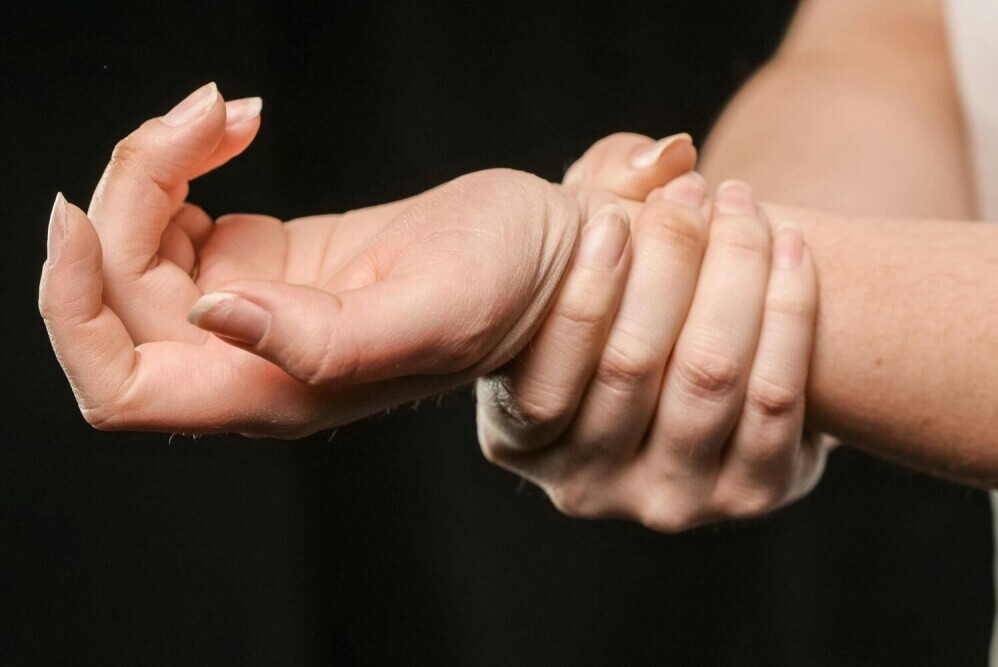
Heat packs are excellent post-exercise to soothe tight or sore muscles. Adopting these rehabilitation techniques promotes a quicker return to normal function and reduces the risk of re-injury. Implement these strategies seriously as a part of recovery protocols, keeping extensors strong and versatile for various activities.
Programming Your Finger Extension Routine
Creating an effective finger extension routine involves tailoring exercises to your current fitness level while ensuring that you maintain a balanced approach to hand training. It’s about finding the right mix of intensity, frequency, and recovery.
For beginners, routines could start with simple exercises like rubber band spreads or tabletop lifts. Start with 2–3 sets of 10–15 reps, performed about 2-3 times a week to introduce your muscles to new movements without overwhelming them.
Intermediate practitioners might want to incorporate more resistance with finger extension bands or rice bucket techniques, adjusting the bands’ tension gradually as strength improves. These can offer a more challenging stimulus and engage muscles on a deeper level.
Advanced routines can include weighted extensions and sandbag spreads, focusing on progressive overload principles. Advanced users should be cautious about technique, ensuring that no part of the movement causes strain or discomfort.
Integrating finger extension exercises into a comprehensive grip routine is crucial. Days focused on extensors should follow or precede days emphasizing flexor muscles to help maintain balance. This ensures each set of muscles gets adequate attention without fatigue compromising form or efficiency.
Rest and recovery are just as important as the workouts themselves. Adequate rest between finger workouts allows muscles to repair and grow, preventing overtraining and avoiding setbacks.
Tracking progress over time should not be overlooked. Keep notes on sets, reps, and resistance used, checking for steady improvement in strength and mobility. Adjust routines when necessary to continue challenging your muscles productively.
Conclusion and Next Steps
Engaging in finger extension training taps into benefits that extend beyond enhanced grip strength. It creates a more rounded approach to hand fitness, vital for not just specialized sports or occupations but also for everyday functionality. Strong extensors mean healthier joints and a more resilient grip, paving the way for longevity in active pursuits.
Focusing solely on crush strength overlooks the importance of a balanced grip. By ensuring the extensors are as strong as the flexors, we support better muscle coordination, reduce injury risks, and enhance overall performance.
If you’re just starting, it’s a great time to incorporate these exercises into your training regimen. For those already working on grip strength, ensure finger extensors get equal billing alongside other muscles to ensure a well-rounded approach.
There’s no better opportunity than now to dive into this aspect of training. Integrate finger extension work and start appreciating how much more effective your overall hand strength and endurance can become.
Explore related resources for more detailed insights on equipment like finger extension bands and rehab tools. This article is just the beginning of mastering grip strength.
Thanks for Stopping By
Have Questions?
Please Leave A Comment

